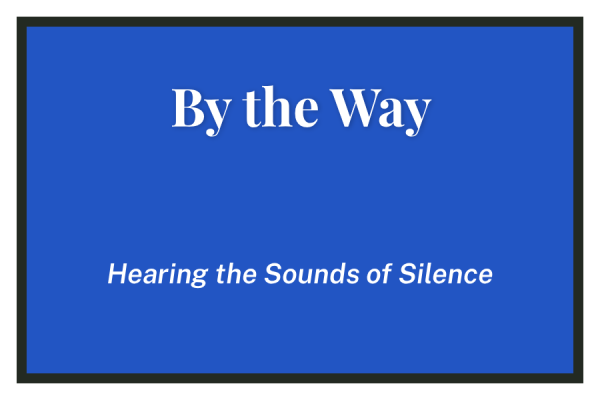Dress to Impress
How Sexism in Clothing Extends Beyond School Codes
Like many other Chicago teenagers who are in the city during the dog days of August, I went to Lollapalooza, a four day-long music festival in Grant Park. Like other girls who attended Lollapalooza, I frantically shopped for outfits days before, exhausting a good amount of time––and upwards of $150––during the process.
While I lounged with some friends in the sweltering heat and incessant dust storm of the festival, one turned around and sighed at the men passing by. “They don’t even have to try,” she said. “All they have to wear is a jersey and some shorts.” In this moment, I began to realize how women are constantly dressing to follow some unspoken rule. It happens at Lollapalooza, it happens on the red carpet, and it happens in schools across the country.
If one looked at a high school-age girl at Lollapalooza, odds are she was wearing revealing clothes, body glitter galore, sparkling face jewels, and a fanny pack. Odds also are that she spent a hefty amount on her outfits. However, I found that most of the young men I know who go to Lollapalooza give little thought to their appearance and feel no pressure to do the latter.
Attending a concert at Lollapalooza is like baking in an oven. The warmth from the sun combined with the surrounding body heat makes for a sweaty listening and viewing experience. Additionally, much of the ground in Grant Park are covered in loose dirt that is easily airborne. After a long day at Lollapalooza, one’s clothes have quite literally bitten the dust. So why is it that girls are expected to exert so much effort into their fashion choices for Lollapalooza if their clothes are practically ruined? Why is it that boys don’t face the same predicament?
For thousands of years, women have been dressing to appeal to their male counterparts. In the eighteenth-century, for example, women wore crinolines — undergarments designed to constrain the body in a circular cage. From here, the woman would pile layer upon layer of dresses over her body. This process symbolized a woman’s purpose: to be pretty.
Female standards of beauty have become less rigid, but they affect those on each end of the social ladder, regardless of wealth or social status. If one tuned into any red carpet event, they would hear the phrase “Who are you wearing?” asked repeatedly of the female attendees. The spotlight of such coveted events as the GRAMMY Awards and the Oscars seems to be more focused on the apparel of the women rather than the art being honored. To this day, I have yet to hear a reporter ask a male celebrity about the designer of his clothing.
It isn’t just high-profile women who are closely scrutinized for their clothing. American schools are notorious for often imposing sexist dress codes that rarely seem to regulate clothing designed for males. School codes vary from city to city, so they’re difficult to homogenize and even harder to change. These codes can ban yoga pants, thin-strapped tank tops, and shorts that cut above the knee, even if these are the only choices provided by mainstream brands. Such regulations enforce the narrative that the female body is a distraction, and a girl’s comfort in school can jeopardize a boy’s education.
While Parker is generally quite lax in its dress code, — which is both difficult to find and enforced on varying levels — there remains a social stigma surrounding what girls should wear versus boys. In my time at Parker, I’ve learned that many girls prep for the school day by carefully selecting their outfits, keeping the looming threat of a dress code violation in mind. The stories of girls who’ve been called out by teachers for their choice of apparel — ranging in items from crop tops to jean shorts — are numerous. Additionally, being scrutinized by an adult in front of their peers invokes embarrassment and self-consciousness for the female student.
Many Upper School students would be lying if they said they’d never read a headline on social media about a girl being unjustly dress coded. However, never have I once heard of a male who was told to change for “showing too much skin.” Men are rarely forced to dress to a standard when it seems as if girls are constantly compromising.
So, how does it all relate? Even if we’re wearing excessive amounts of clothing — or the lack thereof — many women are constantly dressing to an archetype set by men. Sure, there are those who shamelessly bare themselves to the world without regard to what others would think. But I know I’m not alone in saying that I consider what a boy would think when I look in the mirror — regardless of whether I’m going to school or Lollapalooza.
In an era of feminism and rapid societal shifts — ushered in by campaigns such as “Time’s Up” and the “#MeToo” movement — schools, along with other institutions and social happenings, should modernize. However, it won’t happen unless people start to fight the status quo. If we can alter the notion that a girl must dress to impress boys at school, then we can certainly apply it to a setting as short-term as Lollapalooza.







